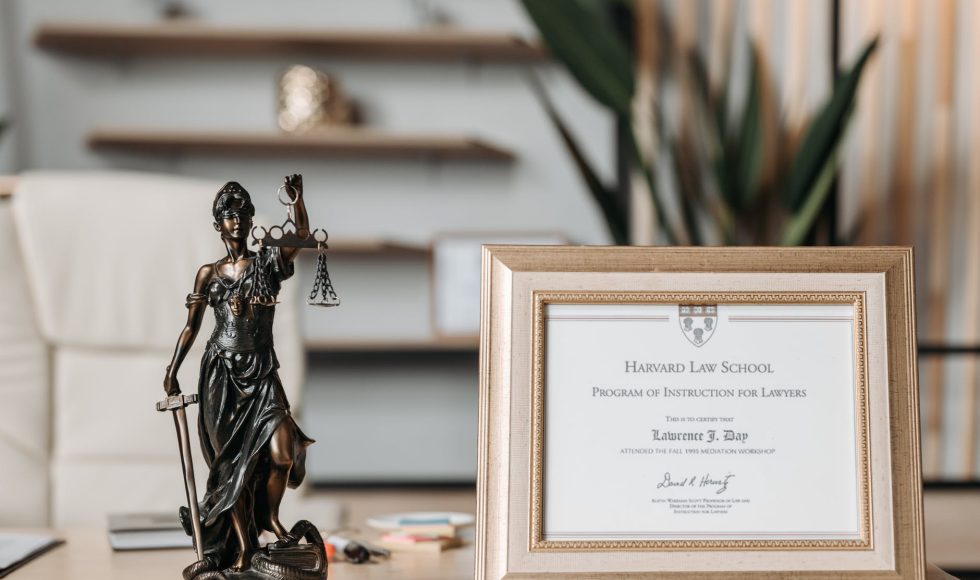Dr. Valerie Morphew, Professor, Fairmont State University, presented a session for Quality Matters on “Trends in Micro-Credentials for Professional Development.” They defined micro-credentials using the NEA 2021 definition: “A micro-credential is a short, competency-based recognition that allows an educator to demonstrate mastery in a particular area.” Recognition may be a digital badge upon demonstration of mastery or competency. In the past, there were paper certificates, continuing education units/credits, and checklists. Now different tech companies, explained Morphew, have competency-based certificates. Morphew mentioned MOOCs as examples. They also mentioned micro-credentials from the National Geographic Society. BloomBoard is a platform that can be used for micro-credentials too. With micro-credentials, you can earn certificates, digital badges, and specialization. There are verifiable badge systems. Digital badges and linked micro-credentials are portable, verifiable, and descriptive. Morphew explained that you can earn micro-credentials through previously attained knowledge/skills or newly attained knowledge/skills. Examples of paths that Morphew shared were: skills-based experiences, modules/courses, testing, customized learning, e-portfolios, and other variations. Miro-credentials are now being recognized more widely. Morphew then shared some badges from IBM courses on Coursera and QM badges. Morphew mentioned you can connect LinkedIn and Credly. The discussion session was full of questions about costs for badging systems, costs for micro-credentials, promoting micro-credential systems, and other administrative tasks.



